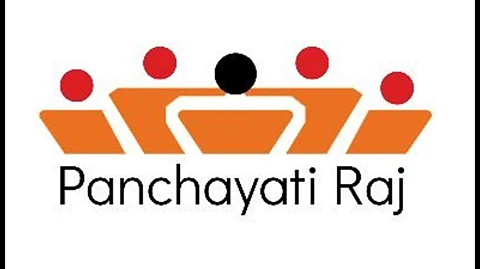
- Home
- Live Blog
- Breaking News
- Top Headlines
- Cities
- NE News
- Sentinel Media
- Sports
- Education
- Jobs

Robust functioning of three-tiered Panchayati Raj Institution (PRI) is critical to strengthening of grassroots governance. Enthusiasm for panchayat polls overshadowing Rongali Bihu festivity in rural Assam is reflective of the growing political importance of elections to the local bodies for political parties and independent candidates. The Panchayat Advancement Index (PAI) released by the Ministry of Panchayati Raj is a reality check on the performance of representatives elected by people to govern PRIs in the state. The PAI report showing only one Gaon Panchayat (GP) in the state has secured Grade A in achieving localised Sustainable Development Goals (SDG) reflects poor performance of the GPs. One of the key objectives of PAI is to identify the development gaps in respect of nine localised SDGs towards making their GPs poverty-free and having enhanced livelihoods, being healthy, child-friendly, water-sufficient, clean and green, having self-sufficient infrastructure, being socially just and socially secured, having good governance and being women-friendly. With 50% of the GPs in the state securing grade C in PAI, it speaks volumes about the failure of the elected representatives to play their part in pushing development in their respective GPs. Candidates and electors understanding the significance of the PAI is critical to empowering citizens to elect the right candidate and elected representatives, realising that their collective role in the panchayat goes beyond drawing a list of beneficiaries of various welfare schemes of the central and state governments. Without achievement of the localised SDGs in panchayats, the SDG 2030 goals for the state and the country will remain distant goals. Various socio-economic indicators which PAI considers to decide the scores of panchayats in localised SDGs include availability of basic amenities like roads, electricity, water supply, and sanitation; access to healthcare services, educational institutions, literacy rates, and enrolment in schools; income levels, employment opportunities, agricultural productivity, and economic activities; poverty rates, gender equality, social inclusion, and overall quality of life; efficiency and transparency of local governance, delivery of public services and citizen participation; and measures related to ecological balance, conservation, and sustainable practices. The PAI portal states that the index provides public representatives, policy makers, government agencies, and local authorities with valuable insights into the areas that require attention for improvement within the rural areas under the jurisdiction of the panchayats. Poor PAI scores for a large number of panchayats are indicative of the failure of the parties to empower their candidates and elected representatives about the importance of grassroots governance and participatory planning in the development process. The 73rd and 74th constitutional amendments mandate the regular holding of panchayat polls to strengthen grassroots democracy and participatory development and are not about political parties or candidates winning or losing the polls. Educational qualification plays a crucial role in the performance of the elected representatives to understand the intricacies of modern participatory governance and have a nuanced understanding of localised SDGs. The current educational qualification of the High School Leaving Certificate Examination passed needs to be raised so that people with higher educational qualifications and having the capacity to learn the basics of grassroots governance and modern development and planning concepts are elected. While training is imparted to elected representatives, people with higher qualifications will learn about governance and planning much faster than elected representatives with educational qualifications of just HSLC passed. The PAI seeks to draw the attention of GPs with lower grades towards the gaps in the development process and facilitate proper planning for priorities to be placed by various central ministries and state departments to bridge the gaps. If elected representatives are unable to formulate comprehensive plans for their respective GPs, it will render the massive exercise behind PAI estimation for evidence-based planning fruitless. A recent report of the Comptroller and Auditor General of India pointed out that the own resources of revenues of the panchayats in the state are very low, as most resources are coming from the central and state governments. This limits the scope of panchayats to formulate plans to set development priorities according to local needs and overarching schemes and programmes of the central government and state government priorities, which may better suit other states or other panchayats that dominate the development process. Poor PAI grades in the state also raise questions about the status of Panchayat Development Plan, which panchayats are mandatorily required to prepare for economic development and social justice utilising the resources available to them. The PDP planning process must be comprehensive and based on a participatory process which involves the full convergence with schemes of all related central ministries or line departments related to subjects delegated to the panchayats. Electoral discourse during the run-up to the panchayat polls focusing on the role of panchayats and elected representatives in participatory development, SDGs and judicious utilisation of funds will help electors identify the right representative who will play a key role in bringing about the transformative changes for strengthening grassroots governance in Assam.